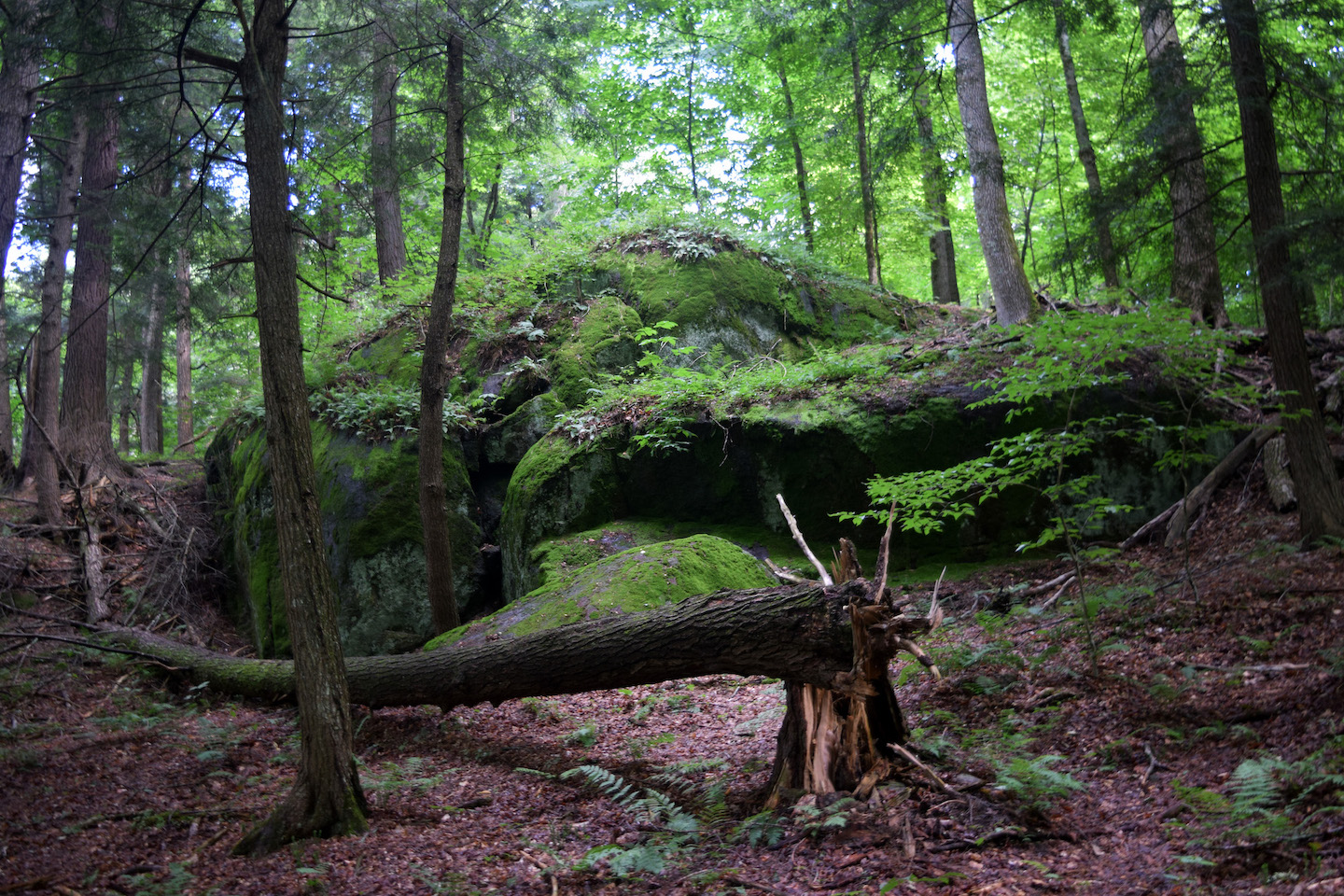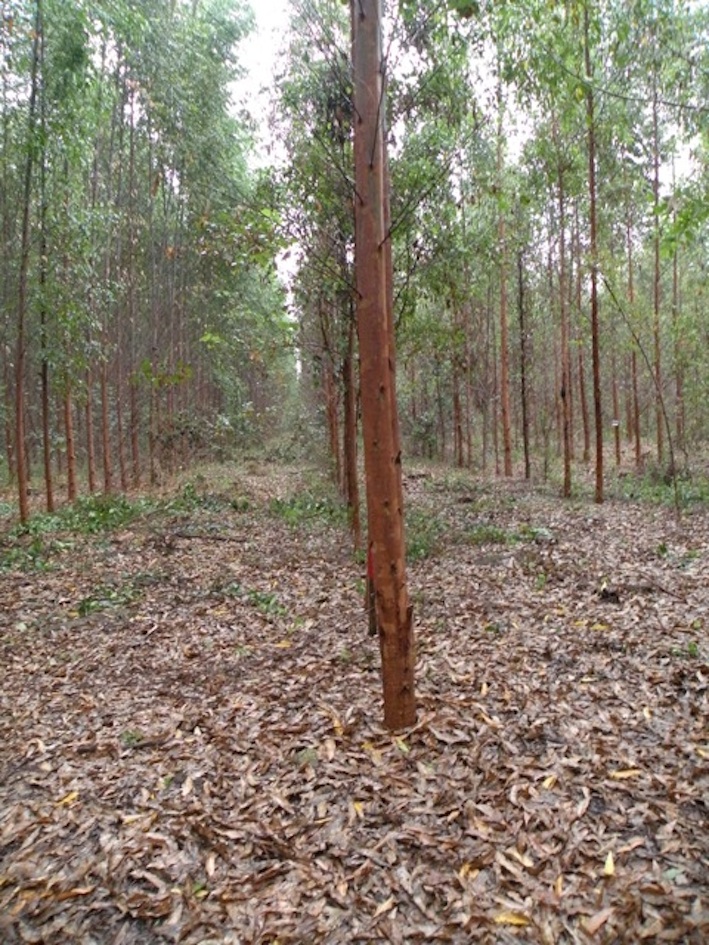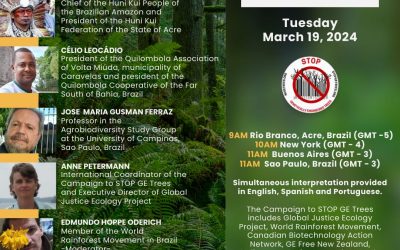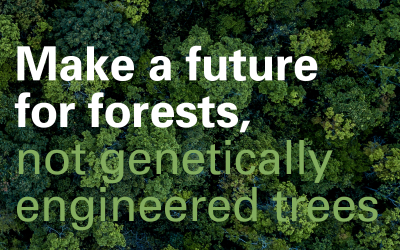The Campaign to Stop GE Trees
Genetically engineered trees pose risks of contaminating forests, damaging ecosystems and harming communities
The goal of the campaign is to protect native forests, and to defend the rights of forest dependent communities and Indigenous Peoples from the unknown and irreversible risks of releasing genetically engineered (GE) trees.
Genetically engineered (GE or genetically modified) trees:

Trees such as eucalyptus, American chestnut, poplar and pine are being genetically engineered for traits including faster growth, insect and disease resistance, and altered wood composition. If released, these GE trees risk contaminating native forests, damaging ecosystems and harming communities.
Trees have a very long life-cycle. They can live for decades or centuries. This means the risks GE trees pose to forests and communities are impossible to assess over the lifespan of the tree. Because these risks are both profound and unknowable, GE trees must be prohibited.
Recent Publications:
Are you looking to learn more about genetically engineered trees? The campaign has put together reports, newsletter, factsheets, and bulletins about genetically engineered trees. They can be found on the publications section of our website. Many are offered in multiple languages.
We also have a newsletter that serves as an informative forum for updates and action to stop the release of GE trees around the world. Spread the word by signing up to our newsletter and sharing it with your networks.
Calls to Action:
Are you looking to take action? Current calls to actions include sending a letter to stop GE Trees, signing on against industral tree plantations, and signing on in support of Indigenous and local communities devastated by the social and ecological impacts of industrial tree plantations, and threatened by the planned future use of GE tree plantations.
We also have a list of partner organizations if you wanted to get involved in your local community.
Latest News:
WHAT ARE GE TREES?
Trees are being genetically engineered for traits such as faster growth, and disease resistance.
TAKE ACTION
It’s time to mobilize! You can help end the threat of genetically engineered trees.
GE TREES RESOURCES
Arm yourself with information about GE Trees (also called GM Trees)






